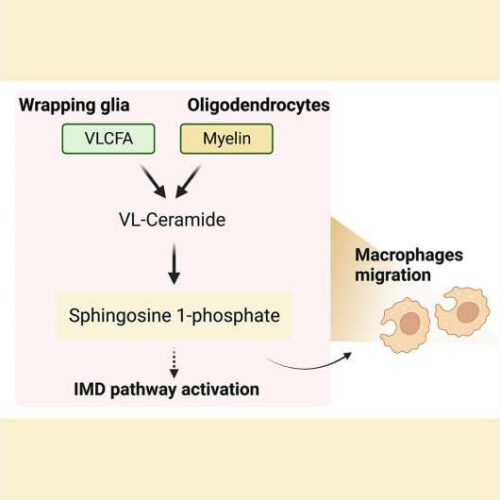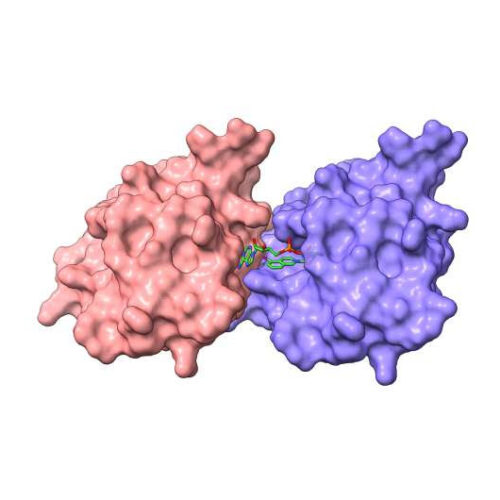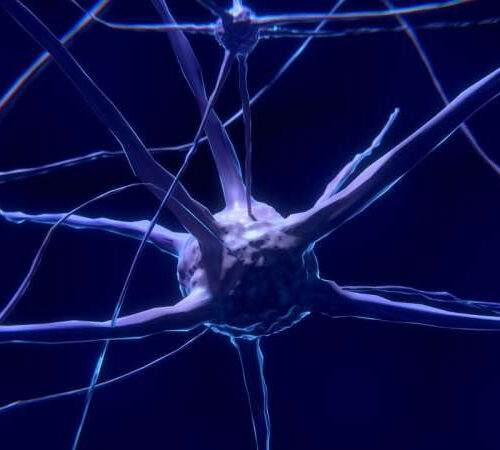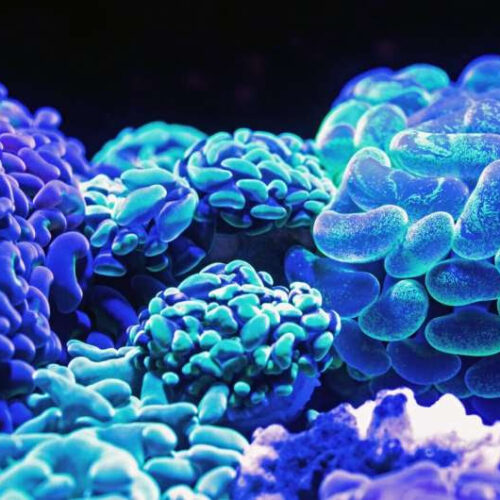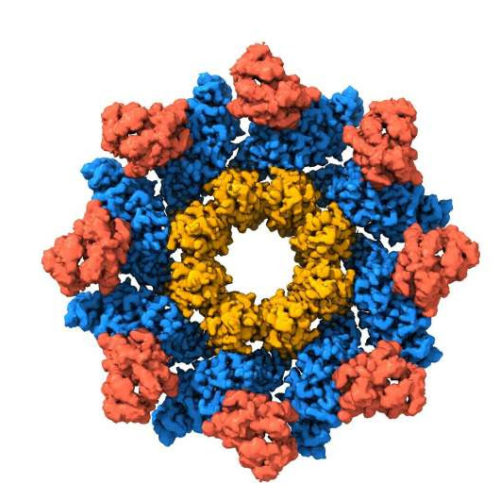by Texas Children’s Hospital Credit: Cell Metabolism (2023). DOI: 10.1016/j.cmet.2023.03.022 Degeneration of myelin, an insulating sheath required for rapid communication between nerve cells, and neuroinflammation are notable hallmarks of Multiple Sclerosis (MS) and related neurodegenerative disorders such as Alzheimer’s disease and Huntington’s disease, which affect roughly 2.8 million people in the world. However, little is known about...
Tag: <span>Neurodegenerative disorders</span>
New tau regulators and therapeutic targets for neurodegenerative disorders discovered
by Graciela Gutierrez, Baylor College of Medicine Credit: Pixabay/CC0 Public Domain Neurodegenerative diseases affect millions of people worldwide and as our life expectancy increases, more individuals are expected to be affected in the coming decades. Tauopathies such as Alzheimer’s disease are a class of neurodegenerative disorders involving an accumulation of tau proteins, which eventually results...
Reprogramming human skin cells into aged neurons to study neurodegenerative disorders
by Lund University HD-iNs exhibit neurite specific autophagy alteration. (A) Reduced BECN1 expression in HD-iNs compared to Ctrl-iNs using western blot (n = 10 replicates for control and n = 9 replicates for HD-iNs). (B) LC3B-II levels are significantly increased in the HD-iNs, while the LC3B-II/I ratio decreased compared to the healthy Ctrl-iNs (n = 6 replicates). (C–H) Representative images and...
Molecular key may unlock new treatments for neurodegenerative disorders
by Griffith University Structure of SARM1 in complex with inhibitor. Credit: Thomas Ve Researchers have worked out how to successfully switch off a key pathway of nerve fiber breakdown in debilitating neurodegenerative disorders such as Parkinson’s disease, traumatic brain injury and glaucoma. The study, led by Griffith University’s Institute for Glycomics and Disarm Therapeutics, a...
Scientists discover a new molecular pathway shared by two neurodegenerative disorders
by National Institutes of Health Credit: Pixabay/CC0 Public Domain Researchers from two independent research teams have discovered how the mislocalization of a protein, known as TDP-43, alters the genetic instructions for UNC13A, providing a possible therapeutic target that could also have implications in treating amyotrophic lateral sclerosis (ALS), frontotemporal dementia (FTD), and other forms of...
Treatment guide for neurodegenerative disorders
by Michel Elben, Johns Hopkins University Credit: Unsplash/CC0 Public Domain Some people may think nothing can be done for neurodegenerative disorders such as progressive supranuclear palsy (PSP) and corticobasal syndrome (CBS). However, a Johns Hopkins Medicine researcher and his colleagues are adamant that this is not the case. PSP is a rare brain disorder that causes...
Protein linked to ALS/ataxia could play key role in other neurodegenerative disorders
by Doug Dollemore, University of Utah Health Sciences A new University of Utah Health study suggests that Staufen1, a protein that accumulates in the brains of.certain patients, is linked to several neurodegenerative disorders. Unsplash/CC0 Public Domain Neurological disorders are the number one cause of disability in the world, leading to seven million deaths each year. Yet...
Fast-tracking drug development for neurodegenerative disorders
by Griffith University The three-dimensional structure of the SARM1 protein determined by cryo-electron microscopy. Credit: Jeff Nanson. A Griffith University-led research team has discovered how a therapeutic target common among debilitating neurodegenerative disorders is activated, which could help accelerate drug development. In a study published in the journal Neuron, the researchers from Griffith University’s Institute for Glycomics, the...
Protein Supplements and Neurodegenerative Disorders
By Osman Shabir, M.Sc. Reviewed by Dr. Jennifer Logan, MD, MPH Dietary proteins are essential for a healthy diet and development. Proteins break down in the body to their constituents, called amino acids, which are then used for protein synthesis by the cells of the body to survive and to replicate, amongst other important cellular...
Researchers ‘bait’ pathological proteins underlying many neurodegenerative disorders
A single misbehaving protein—called TDP-43—is behind 97 percent of amyotrophic lateral sclerosis (ALS) cases and 45 percent of frontotemporal dementia diagnoses. It also is found in 80 percent of chronic traumatic encephalopathy and 60 percent of Alzheimer’s disease cases. Now, University of Pittsburgh researchers have found a way to trap TDP-43 so it doesn’t form...
- 1
- 2

